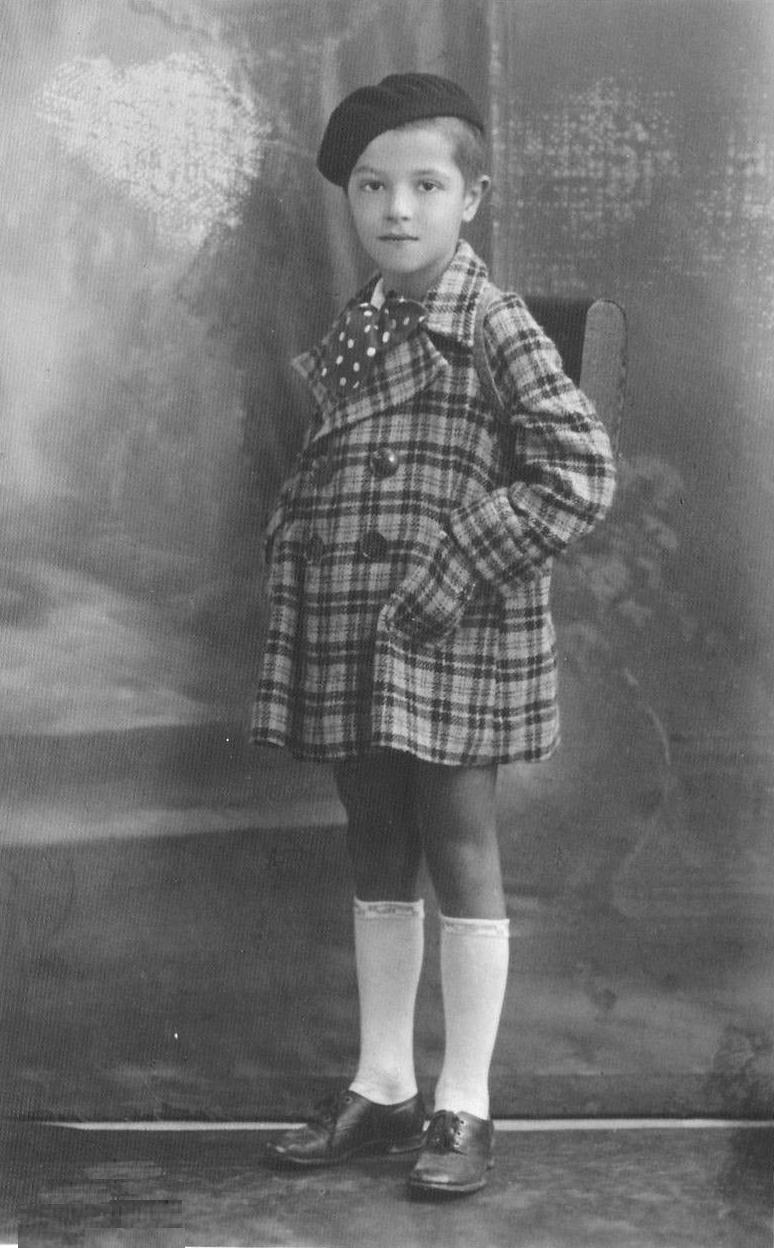
Bosnia: Garments

Figure 1.--We see images from Bosnia with people wearing traditional and Ottomon-styled clothes in the early-20th century. By the 1920s and 30s we see children wearing fashionble European-style clothes. Here we see and unidentified boy in Sarajevo. The portrait is dated September 14, 1937. It looks like a first day school portrait, you can see the school book satchel. Berets are commonly associated with France, but we see youngger bots wearing them in many other countries. Notice the rkish position of the beret. We suspect that moter and not the boy was rsponsibkle for this.
|
|
We do not know much about garments in Bosnia yet. For several centuries Bosnia was goverbed by the Ottoman Empire and thus Ottoman garments were commonly worn. The photograph here shows people in Sarajevo about 1910 wearing traditional clothing wih a strong Ottoman influence. This was just about the time Austria annexed Bosnia (1908), although Austria had been admninistering Bosnia-Herzogavina since the Congress of Vienna (1878). Only a very short period later we notice children in Sarajevo wearing fashionable European fashions. We see all of the fashions that were commonly worn in Europe. It is impossible to identify these photographs as Bosnia or Yugoslav unless there is some information associated with the images. As might be expected, we see a lot of Austrian influence. We have no information yet about the countryside.
HBC

Navigate the Boys' Historical Clothing Web Site:
[Return to the Main Bosnian page]
[Return to the Main European country page]
[Return to the Main European country religious tradiions]
[Introduction]
[Activities]
[Biographies]
[Chronology]
[Clothing styles]
[Countries]
[Topics]
[Bibliographies]
[Contributions]
[FAQs]
[Glossaries]
[Images]
[Links]
[Registration]
[Tools]
[Boys' Clothing Home]
Created: 9:18 AM 5/10/2018
Last updated: 9:19 AM 5/10/2018




